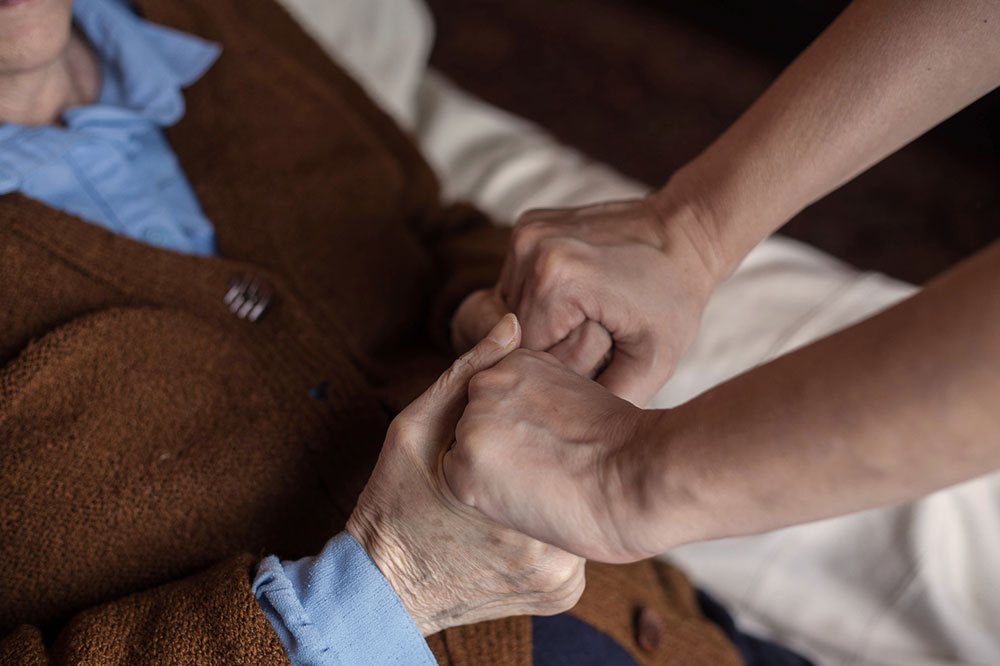3 steps to make life with distal spinal muscular atrophy type 1 manageable
Distal spinal muscular atrophy type 1 is an ailment that has no permanent cure. It is an inherited condition that begins in infancy and is characterized by muscle weakness that ultimately results in respiratory failure.
Distal spinal muscular atrophy type 1 is often diagnosed between the ages of six weeks and six months; the child diagnosed with this condition, unfortunately, doesn’t survive for more than two years owing to the respiratory issues it faces.

This condition arises when the child inherits two copies of a broken gene from each parent, and this broken gene acts as a hindrance in allowing the body to create proteins, without which the cells controlling the muscles die. Children diagnosed with distal spinal muscular atrophy are often at risk of developing further complications, and the very fact that the condition doesn’t have positive prognosis is indicative of its severity.
As mentioned earlier, distal spinal muscular atrophy type 1 cannot be cured. However, certain steps can be taken to ensure that the child diagnosed won’t face a lot of predicament.
- Choose the best for your child
You have to come to terms with the fact that your child would not be leading a normal life like other children, and would require constant medical attention. In case of emergencies or even otherwise, you need multidisciplinary care for your child, and for this purpose, you need to put together a team of professionals who specialize in neuromuscular conditions, dietetics, physiotherapy, palliative care, respiratory medicine, and a pediatrician. This ensures that your child receives the best possible treatment. - Breathing aids
Children diagnosed with distal spinal muscular atrophy type 1 face difficulties in breathing, and this is quite fatal. So, it is imperative that you seek appropriate respiratory management to provide comfort and reduce the impact of the complications arising out of muscle weakness. For this purpose, you can opt for chest physiotherapy suction that is instrumental in removing secretions in the baby’s body or opt for medications to reduce the distress caused by breathlessness. Also, parents can choose non-invasive ventilation with a mechanical ventilation to manage acute infection or night-time hypoventilation, which is known to cause extreme discomfort to the child.
Choosing the right respiratory management technique requires the parents to be patient and to explore every option available. - Seek a nutritionist’s advice
Distal spinal muscular atrophy type 1 interrupts with the child ability to chew and swallow, and this leads to malnutrition since the child cannot eat properly. Babies who cannot swallow their food are at a higher risk of inhaling their feed into the chest, thereby resulting in chest infections. So, the baby can be fed through a nasogastric tube, a nasojejunal tube, or a gastrostomy tube. The decision to choose the method of feeding rests solely upon the parents and the child’s comfort quotient.
Disclaimer:
The content provided on our blog site traverses numerous categories, offering readers valuable and practical information. Readers can use the editorial team’s research and data to gain more insights into their topics of interest. However, they are requested not to treat the articles as conclusive. The website team cannot be held responsible for differences in data or inaccuracies found across other platforms. Please also note that the site might also miss out on various schemes and offers available that the readers may find more beneficial than the ones we cover.




